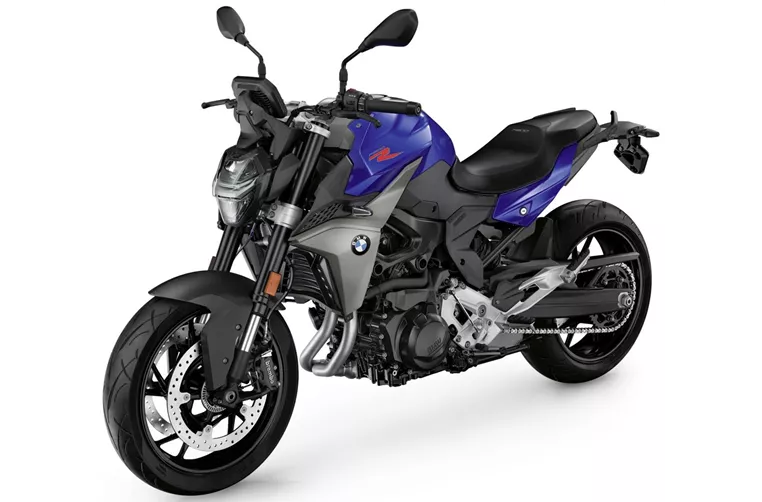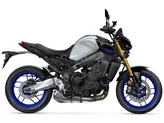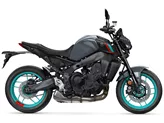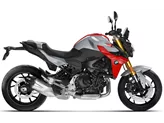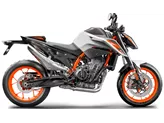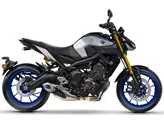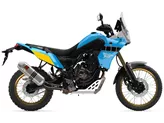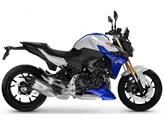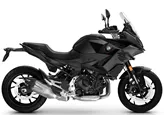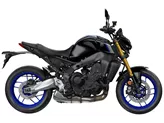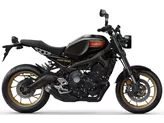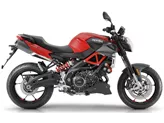BMW F 900 R 2020 vs. Yamaha MT-09 SP 2018
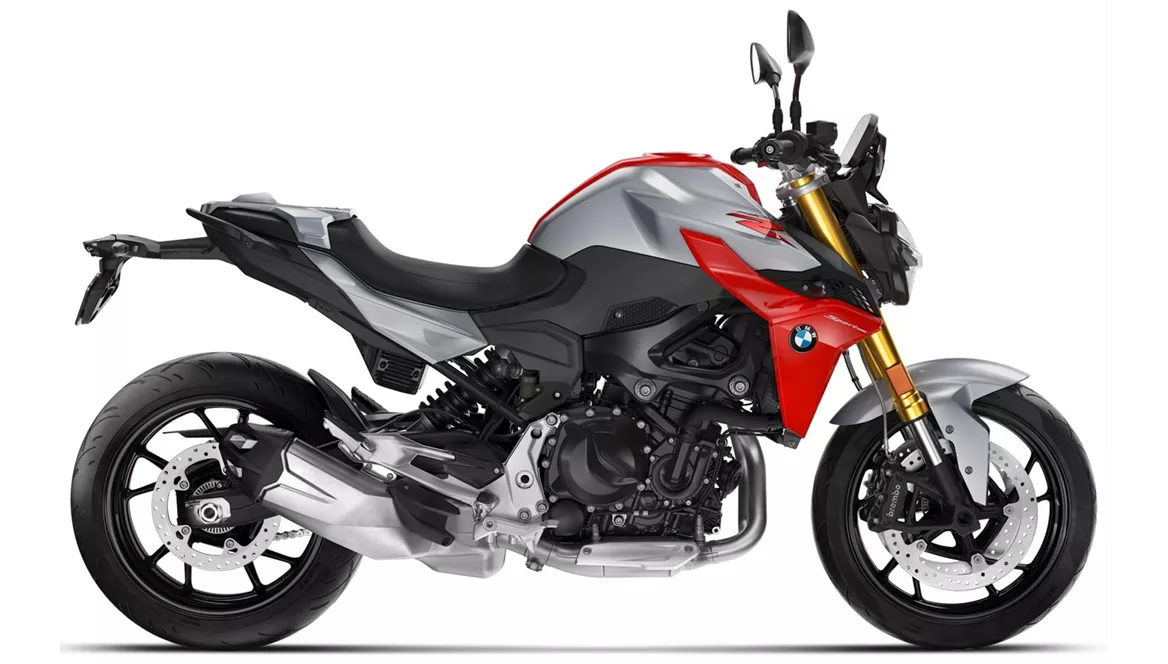
BMW F 900 R 2020

Yamaha MT-09 SP 2018
Vue d’ensemble - BMW F 900 R 2020 vs Yamaha MT-09 SP 2018
The BMW F 900 R 2020 and the Yamaha MT-09 SP 2018 are both naked bikes with similar engine types, in-line configurations, and liquid cooling systems. However, there are several differences between the two models.
In terms of engine power, the Yamaha MT-09 SP 2018 has a slight advantage with 115 HP compared to the BMW F 900 R 2020's 105 HP. However, the BMW model compensates for this with a higher torque of 92 Nm, compared to the Yamaha's 87.5 Nm. Both bikes have fuel injection systems and 2-cylinder engines, but the Yamaha has an additional cylinder, making it a 3-cylinder engine, while the BMW has a 2-cylinder engine.
In terms of suspension, both bikes feature upside-down telescopic forks at the front and swing arms at the rear. The shock absorbers on both models are monoshocks, providing a smooth and comfortable ride. However, the Yamaha MT-09 SP 2018 offers more adjustability with compression, preload, and rebound adjustments, while the BMW F 900 R 2020 only offers preload and rebound adjustments.
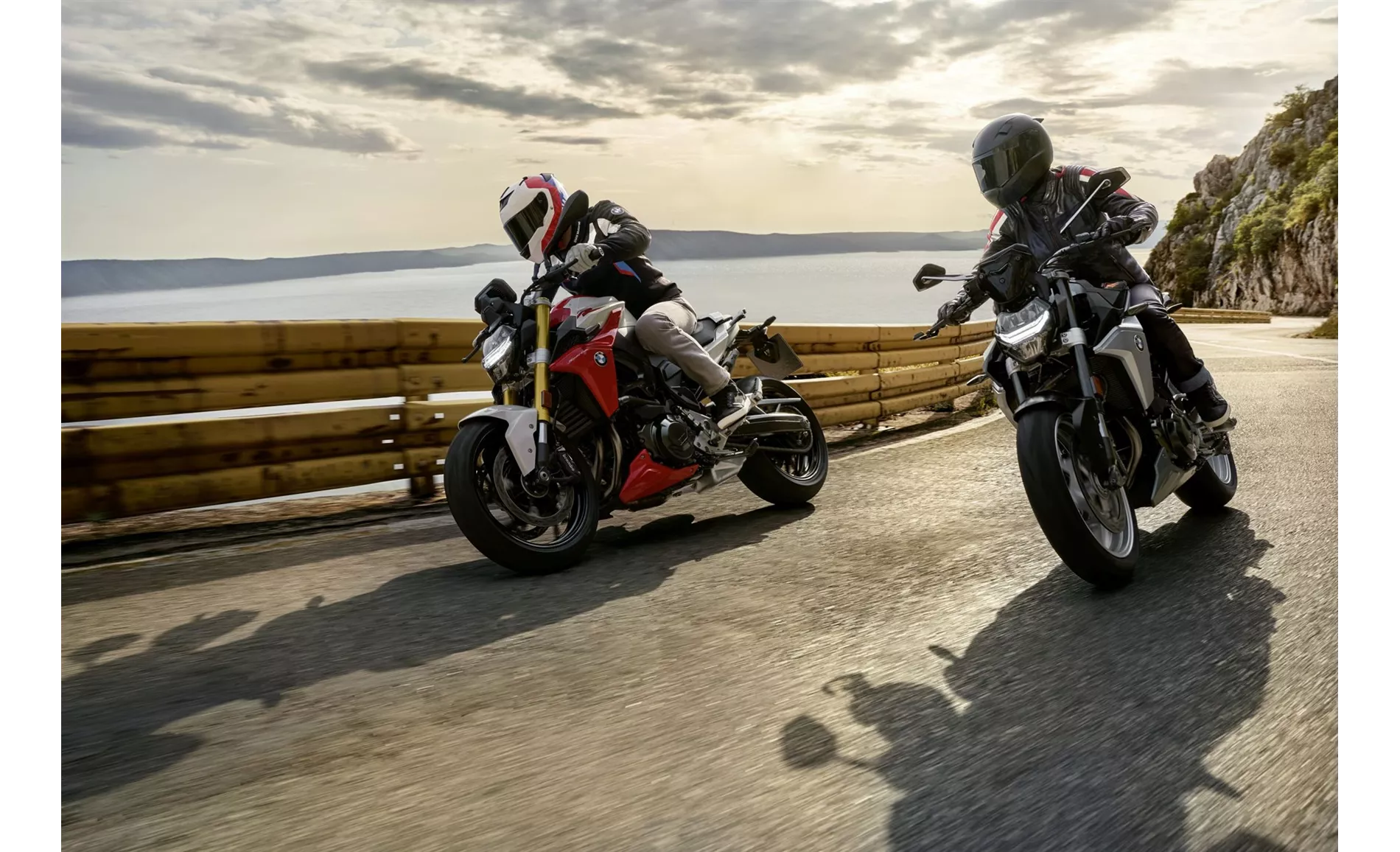
BMW F 900 R 2020
The chassis of the BMW F 900 R 2020 is made of steel and features a twin tube design with a load-bearing engine. On the other hand, the Yamaha MT-09 SP 2018 has an aluminum frame with a twin tube design. Both bikes have double disk brakes at the front, but the BMW has slightly larger diameter disks at 320 mm compared to the Yamaha's 298 mm.
In terms of advanced rider assistance systems, both bikes offer ABS. The BMW F 900 R 2020 also includes anti-slipping control and riding modes, while the Yamaha MT-09 SP 2018 features a quickshifter and traction control.

Yamaha MT-09 SP 2018
In terms of dimensions and weights, the Yamaha MT-09 SP 2018 has a slightly longer wheelbase of 1500 mm compared to the BMW F 900 R 2020's 1518 mm. The seat height of the Yamaha is also slightly higher at 820 mm compared to the BMW's 815 mm. The Yamaha is lighter with a kerb weight of 193 kg, while the BMW weighs 211 kg with ABS. Both bikes have similar tire sizes and fuel tank capacities, with the Yamaha having a slightly larger tank at 14 liters compared to the BMW's 13 liters.
In terms of equipment, both bikes feature LED headlights. The BMW F 900 R 2020 also includes a TFT display, while the Yamaha MT-09 SP 2018 does not have any additional equipment listed.
In summary, the BMW F 900 R 2020 offers easy handling, high stability, and a well-behaved engine. It has a slightly lower engine power but compensates with higher torque. The Yamaha MT-09 SP 2018, on the other hand, has an incredibly powerful three-cylinder engine and good brakes. It offers a sporty and comfortable seating position and additional features such as a quickshifter and traction control. Both bikes have their strengths and weaknesses, and the choice between them will depend on individual preferences and priorities.
Caractéristiques techniques BMW F 900 R 2020 par rapport à Yamaha MT-09 SP 2018
Avantages et inconvénients en comparaison
Avantages et inconvénients en comparaison
BMW F 900 R 2020
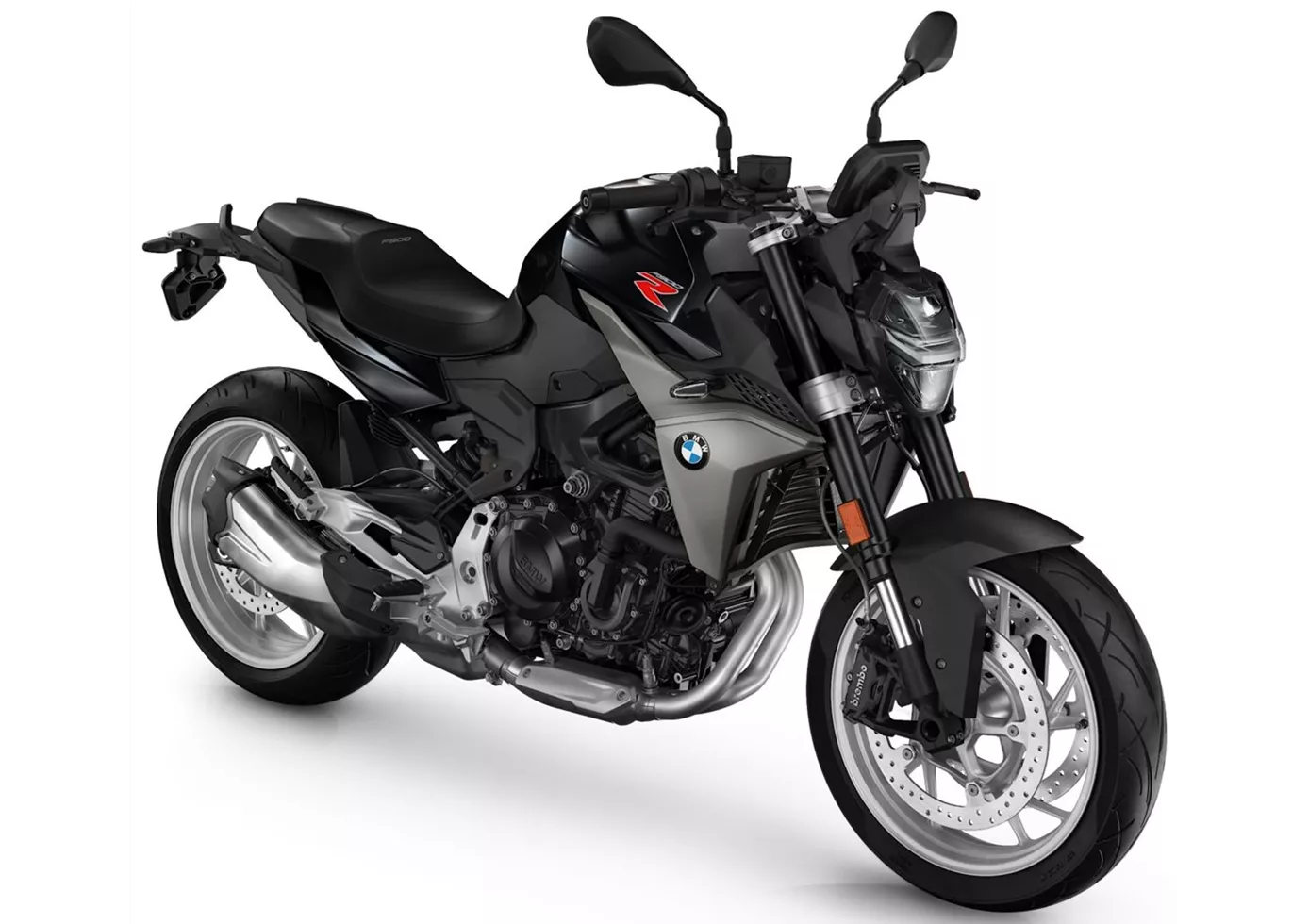
La BMW F 900 R offre un plaisir facile à prendre en virage, une énorme stabilité, une position de conduite active mais confortable et un moteur sans friction mais aussi sans émotion. Si vous aimez la vitesse et les virages, vous serez heureux avec elle. Les possibilités de configuration sont infinies mais ne sont pas gratuites.
Yamaha MT-09 SP 2018

La Yamaha MT-09 SP est la version améliorée d'une moto naked de classe moyenne déjà très bonne. Avec de meilleurs composants de suspension Öhlins et Kayaba, une peinture plus jolie et un prix raisonnablement plus élevé, la version SP est clairement le choix le plus sportif de la gamme Yamaha MT-09. L'attaque brutale du moteur ne permet certes pas de rouler tranquillement avec la MT-09 SP, mais ce n'est pas nécessaire sur la "Special" - le plaisir est clairement au premier plan ! La Yamaha MT-09 EVO avec suspension Wilbers est une alternative intéressante, car elle est très discrète sans "peinture de guerre". Mais malheureusement seulement pour la Suisse...
Comparaison des prix Prix moyen du marché BMW F 900 R vs Yamaha MT-09 SP
There are a few key differences between a BMW F 900 R 2020 and a Yamaha MT-09 SP 2018. In terms of price, the actual average prices of both motorbikes are almost the same. A BMW F 900 R 2020 experiences a loss of 700 USD in one year and 700 USD in two years of ownership. This is offset by a loss of 770 USD and 1,440 USD for a Yamaha MT-09 SP 2018. Compared to Yamaha MT-09 SP 2018 there are more BMW F 900 R 2020 bikes available on the 1000PS.de Marketplace, specifically 14 compared to 5. It takes less time to sell a Yamaha MT-09 SP with 72 days compared to 82 days for the BMW F 900 R. Since model year 2020 1000PS.de editors have written 24 reviews for the BMW F 900 R and 29 reviews for the Yamaha MT-09 SP since model year 2018. The first review for the BMW F 900 R was published on 11/5/2019 and now has more than 154,700 views. This compares to more than 49,000 views for the first review on Yamaha MT-09 SP published on 11/6/2017.
